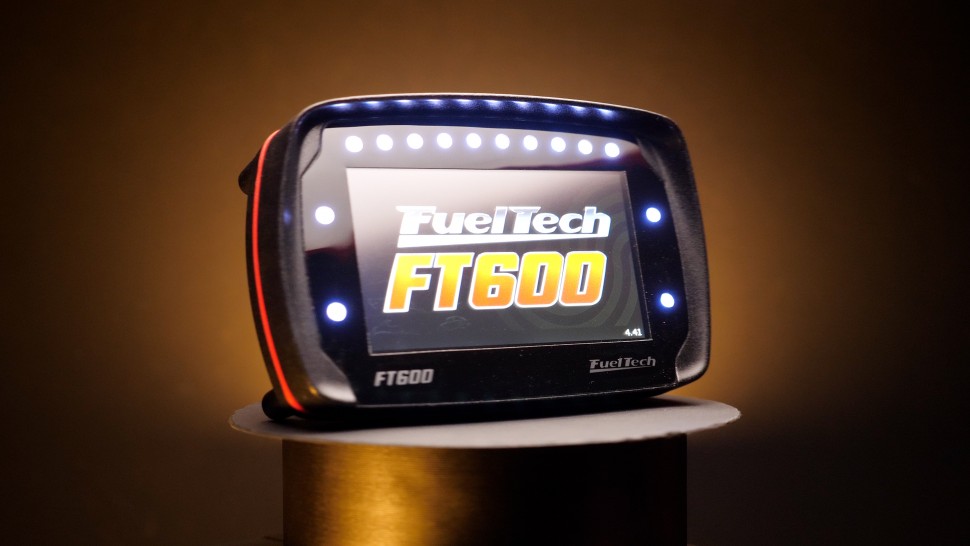Con 1170 HP, 680 ft-lb de torque y más de 53 PSI de sobrealimentación, el Mitsubishi EVO X de English Racing está superando los límites y liderando el grupo para convertirse en el Mitsubishi Evolution X más rápido del mundo. El piloto Myles Kerr analiza algunos de los desafíos que conlleva ser pionero en una plataforma más nueva y en qué aspectos considera que el 4B11 es superior al probado, pero ya anticuado, motor 4G63. A pesar de lo que muchos piensan, se necesita algo más que una cuenta bancaria saneada para lograrlo.
Este EVO X, construido con Extreme Turbo System, incorpora camisas Golden Eagle, bielas de fibra de vidrio de carrera estándar, un cigüeñal de fábrica modificado, tren de válvulas GSC Power Division y levas S3, un turbo Precision 7685 y el MoTeC M150 modificado por John Reed Racing. El equipo tuvo importantes problemas con la transmisión antes de reducir el peso, y ahora el coche monta una caja de cambios Graf de 5 velocidades con patrón en H, una caja de transferencia Shep, un eje Driveshaft Shop y ejes traseros con un diferencial trasero Mitsubishi 300GT. La potencia se reparte 50:50 y, en cuanto al embrague, un triple embrague de carbono Exedy y un sistema antirrebote Magnus Motorsports garantizan arranques consistentes.
Andre y Myles también comentan por qué el turbo más grande no es el mejor, dónde aún queda más peso por quitar, la ventaja del 4B11 sobre el 4G63 en niveles de potencia bajos a medios y el punto ideal para la contrapresión del turbo cuando se trata de carreras de aceleración.
En el evento TX2K 2019, Myles y el EVO establecieron un nuevo récord con un pase de 8,167 segundos a 180,79 MPH, por lo que el equipo está en camino y acercándose cada vez más a ese pase de 7 segundos.
¿Quieres aprender a ajustar la EFI? Empieza aquí al instante y gratis.
![¿4B11 vs. 4G63? | ¡1170 CV y 53 PSI++ de potencia! ¡El EVO X más rápido del mundo! [Charla técnica] - Imagen destacada](/assets/Uploads/blog-posts/5865e92f4f/tx2k-0603__FillWzc4MCw0MzBd.jpg)






Comentarios
F1 engines use a finger follower arrangement but one of their main drivers is that they need to go to extreme lengths to reduce mass in the valve train given the rpm ceiling. It's not possible to produce a cam over bucket valve train as light as a finger follower given the required bucket diameter those engines would require.
- Andre.Simon New Zealand
hace 7 años
Sidebar: don't F1 engines have rockers with a de facto roller cam, instead of a roller using a DLC-coated rounded contact on the rocker, directly over the valve?
- DavidNJ USA
hace 7 años
Nadie ha comentado en esta página todavía.